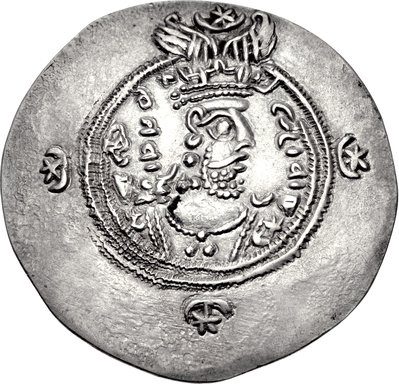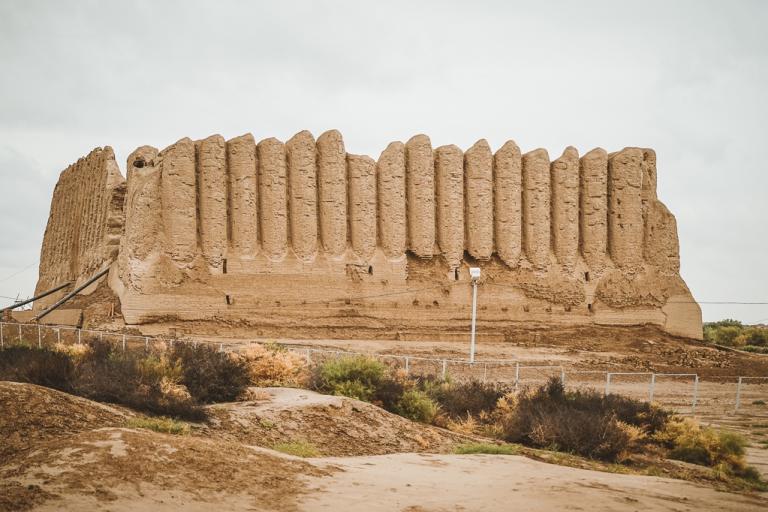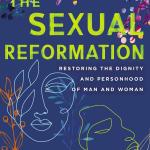I recently wrote about how the mighty Persian Empire became a powerful vehicle for the spread of Christianity through much of Asia. That role was unintentional, in the sense that the empire itself followed a very different creed, that of Zoroastrianism, and at various points, the Persian state had brutally persecuted Christians. But in the last days of that empire in the seventh century AD, before its conquest by Islam, the Christian presence became very strong indeed. Unknown to non-specialists, the Christian role in those final days makes for quite a moving story.
Under different dynasties, the Persian Empire ruled from the sixth century BC through the 640s AD, more than 1,200 years. The final dynasty was the Sasanians or Sassanids, who ruled from 224 AD. In the early seventh century, Sassanid Persia fought devastating wars against the Roman Empire, struggles that exhausted both states, and made possible the conquests by Islam. A couple of years ago, at this site, I placed those events in the context of a huge volcanic eruption in 626 AD, which effectively shattered the Persian Empire, and thus opened the door for Islam. As so often occurs following natural disasters that transform the climate, a horrendous plague followed that devastated the western provinces of the Sasanian Empire. Muslim forces took full advantage of those opportunities. In 636, Muslim Arabs won a great victory over the Persians at al-Qadissiyah. They won a second triumph at Nahavand, in 642.
The last of the Sassanid emperors was Yazdegerd III, who came to power in 632, as a child of eight. Pursued by Arab forces, he repeatedly sought refuge in the outer regions of the empire and fled to the great city of Merv/Marw, in what is now Turkmenistan. In light of modern events, it is fascinating to see him and his advisers desperately trying to seek what help he could from another Great Power, namely the China of the Tang Dynasty, which was deeply worried about the spread of Islamic military strength into Central Asia. Hmm, a China-Iran alliance, what an intriguing thought …
Ultimately, Yazdegerd was betrayed and killed in 651, in circumstances that have produced countless myths and legends. He was only 27 at the time of his death.
Given the religious history of the previous centuries, the Christian element in Yazdegerd’s closing days was remarkable. Besides being a key center on the Silk Route, Merv was a vital base for the “Nestorian” Church of the East, from which Christians launched mission ventures to the east, among the Turkic tribes of central Asia, and beyond that, into China. For half a millennium, multiple dynasties and rulers used those “Nestorians” as envoys between the Middle East and Eastern Asian kingdoms, including China, and it is highly likely that these Christians supplied the linguistic and diplomatic skills that allowed Yazdegerd to seek his Chinese alliances. Intellectually, Merv was an astonishing place, where Christians rubbed shoulders with Buddhists, Zoroastrians, and Manichaeans. In its intellectual and spiritual vigor, Merv outclassed any western European center, certainly before the universities emerged during the twelfth century. By that point – the twelfth century – Merv might have been one of the two or three largest cities on the planet.
Creative Commons License
In 651, the metropolitan (or senior bishop) of Merv was Elijah or Elias, a noted and versatile scholar of Bible and liturgy, who achieved the conversion of some Turkic peoples. Recalling as he did Yazdegerd’s Christian ancestors, Bishop Elijah remained true to him at a time when everyone else had deserted the tragic last emperor. After the king’s death,
Yazdegerd was according to tradition buried by Christian monks in a tall tomb that was situated in a garden decorated with silk and musk. His funeral and the construction of a mausoleum for his body near Merv was organized by the Nestorian bishop Elijah.
Almost literally, it was Christian monks who performed the last rites on the ancient Persian Empire.
The monks cursed [the king’s assassin] and made a hymn to Yazdegerd, mourning the fall of a “combative” king and the “house of Ardashir I.” Whether this event was factual or not, it emphasizes that the Christians of the empire remained loyal to the Zoroastrian Sasanians, even possibly more than the Iranian nobles who had deserted Yazdegerd.
Indeed, there were close links between the late Sasanian rulers and Christians, whose conditions had greatly improved compared to that of the early Sasanian era. Yazdegerd’s wife was according to folklore a Christian, whilst his son and heir, Peroz III was seemingly an adherent of Christianity, and even had a church built in Tang China, where he had taken refuge.
Well into the eighth century, Peroz’s descendants – who may themselves have been Christians – continued to use allied Chinese forces to try and restore the Sassanid dynasty, and to evict the Muslims.
If anything parallel to the death of Yazdegerd had occurred to a Roman or Frankish ruler, it would unquestionably have become the subject of Christian epics, and likely hagiographies.
Many dramatic moments in the Christian story have occurred very far away from the places and settings that we might expect. In this instance, in Turkmenistan. Who would have thought it?















